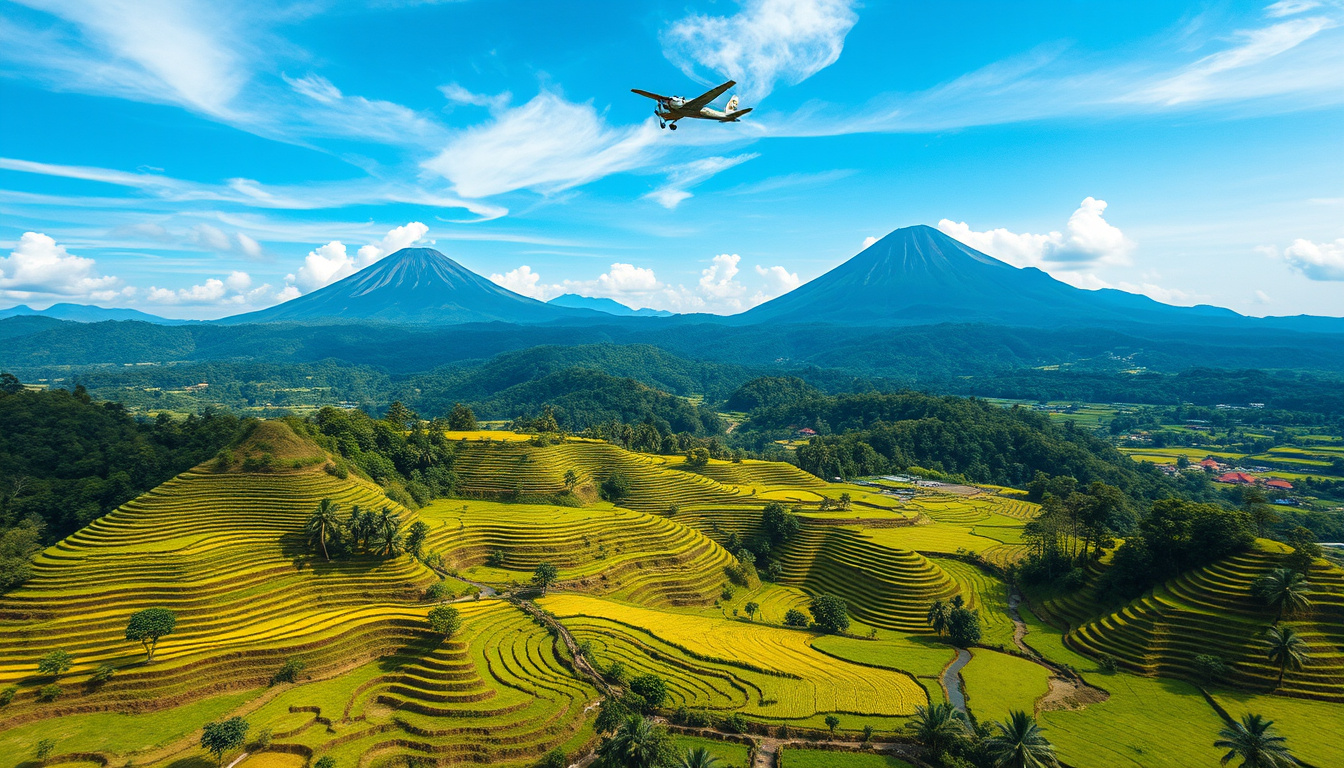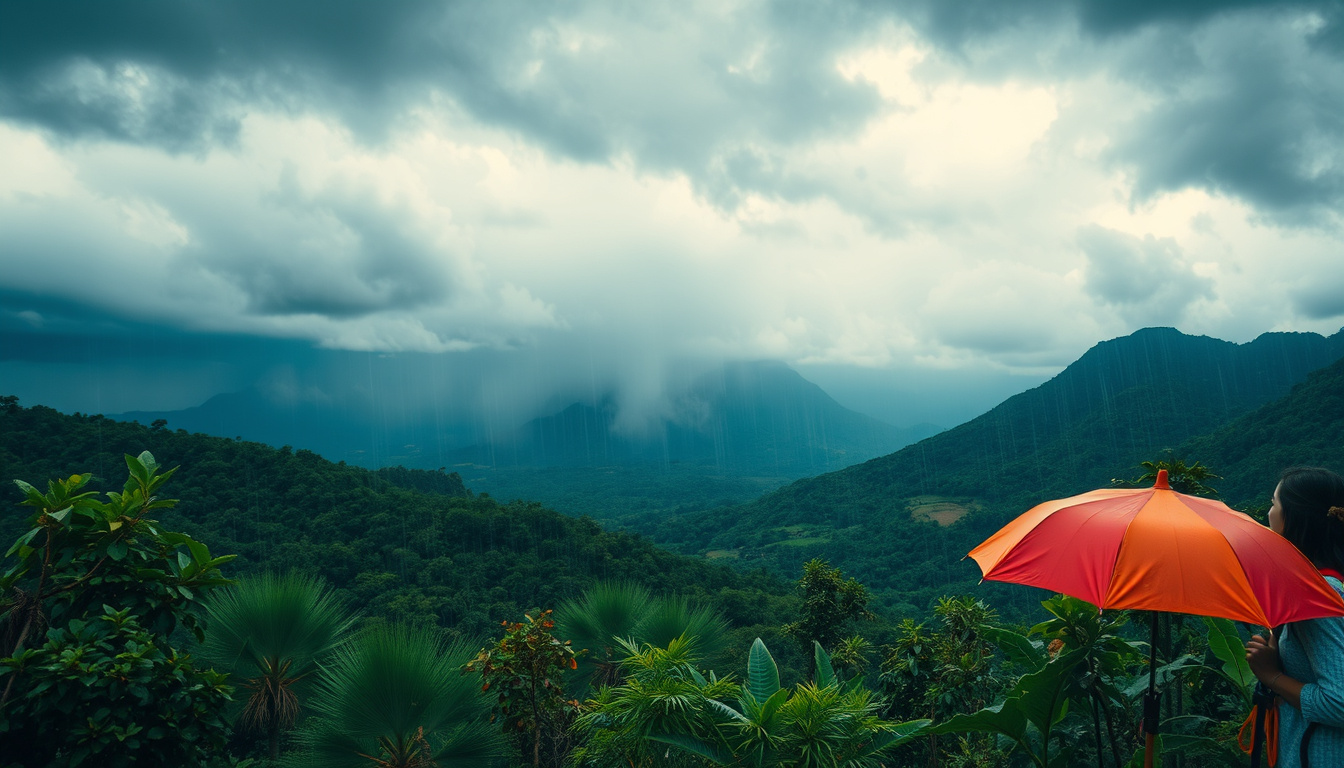Welcome to Tenganan Pegringsingan, a village in East Bali where time seems to stand still, and cultural traditions are woven into the very fabric of daily life. As a foreign tourist eager to immerse yourself in the enchanting world of Balinese culture, you won’t want to miss the unique and sacred tradition of Ayunan Jantra. Let’s embark on a guide to help you navigate and appreciate this fascinating cultural gem.
What is Ayunan Jantra?
Ayunan Jantra, also referred to as Ayunan Betara, is a traditional game deeply rooted in Balinese culture, particularly in Tenganan Pegringsingan. This game is closely tied to the Ngusaba Gede Lanang Kapat ceremony, a significant part of the temple festivals held at Pura Desa Pancering Jagat in the village of Terunyan.
Crafted in the distinctive shape of a swastika, known as tapak dara, Ayunan Jantra in Terunyan is made from two types of wood, kesuna and owa. It serves as a significant artifact in the Ngusaba Gede Lanang Kapat ceremony, conducted once every two years.
The Meaning of Ayunan Jantra
Philosophically, Ayunan Jantra symbolizes the perpetual rotation of life, akin to the directional turns of a swastika, representing the delicate balance within life. This philosophy serves as a guiding principle for the Terunyan community, fostering a society where extremes of wealth or poverty are absent.
Ayunan Jantra serves as a form of cultural entertainment for the Terunyan community, symbolizing life’s cyclical nature. It is intertwined with fate, karma, and the journey of fulfilling duties (swadharma) as part of the community’s karma.
Within the community, there exists a division into Sibak Kaje (Sibak Luh) and Sibak Kelod (Sibak Muani). To craft Ayunan Jantra, both Sibak Luh and Sibak Muani collaborate, from the sourcing of wood to the completion of the swing.
The Construction of Ayunan Jantra
The construction of Ayunan Jantra involves the unity of these diverse community groups. The foundation, known as “canggah,” is prepared collectively using kesuna and owa wood. The swing’s posts are erected by Sibak Luh to the east (kaja/north in Terunyan) and Sibak Muani to the west (kelod/south in Terunyan).
Before the main event, a Mantening Ayunan ceremony is conducted. This pre-event ritual involves offerings to the swing, including nighttime preparations such as pig slaughtering and crafting ritualistic elements like janur, young coconut leaves, lontar leaves, and aren leaves.
In conclusion, delving into the world of Ayunan Jantra in Tenganan Pegringsingan offers more than a glimpse into a traditional game. It is an immersive journey through the intricate layers of Balinese philosophy and communal spirit, where Ayunan Jantra stands as a symbol of unity, balance, and the perpetual cycle of life.














Add a comment